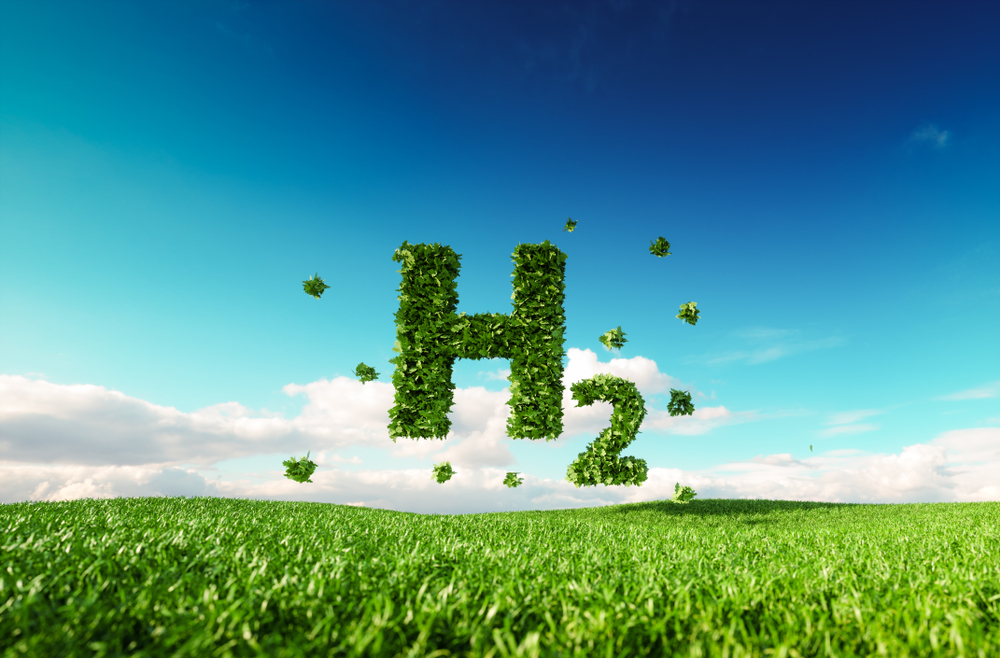Hydrogen’s future role in the Australian gas ecosystem
In December 2018, a small test station whirred to life in a quiet suburb on the outskirts of Canberra. While the event received little mainstream fanfare, it could prove to be a pivotal moment in the long-term transformation of the Australian gas ecosystem.

The Evoenergy and Canberra Institute of Technology (CIT)-sponsored station in Fyshwick, ACT, will trial the use of pure hydrogen in existing gas infrastructure, and is the first test facility of its kind in Australia.
Hydrogen has been pegged for years as a “fuel of the future”, and many are assigning it major export potential: an August 2018 report issued by the Australian Renewable Energy Agency (ARENA) claimed that hydrogen exports could provide 2800 jobs and add $1.7 billion a year to the Australian economy by 2030; and the multinational Hydrogen Council estimated in November 2017 that hydrogen could cover 18 per cent of global energy demand by 2050.
Now, the idea is taking root that hydrogen could one day replace domestic natural gas altogether.
Abundant but elusive
Hydrogen holds several key advantages over alternative fuel sources. The first is its flexibility: hydrogen can be burned to release heat energy, or used in a fuel cell to produce electricity.
Critically, hydrogen is a carbon-free energy carrier. The only necessary by-product from its consumption is water.
Despite being the world’s most abundant element, virtually no pure hydrogen occurs here naturally — it’s all tied up in compounds like water (H2O) and methane (CH4). Ripping hydrogen from these compounds can take a lot of energy, and the process isn’t always sustainable.
Extracting hydrogen from methane, for instance, requires a technique called steam-methane reformation that emits carbon monoxide and carbon dioxide, both greenhouse gases.
The environmentally-preferred method of hydrogen extraction is electrolysis. In contrast to steam-methane reformation, electrolysis — a process that splits apart the hydrogen and oxygen atoms in water molecules — is emission-free and produces hydrogen at an extremely high purity.
One of the main challenges with renewable generation is intermittency. It’s therefore important to find ways to capitalise on periods of peak wind and solar generation and store unused energy for (literally) rainy days.
By channelling renewable energy into electrolysers and producing hydrogen, excess renewable generation can be converted into an emission-free energy source that’s easy to transport and consume.
Once hydrogen is integrated into the gas network, existing gas infrastructure will be able to store vast quantities of renewable energy for weeks and months — far exceeding the storage abilities and efficiency of grid-scale batteries.
At the CIT Fyshwick station, researchers will utilise hydrogen produced by solar and wind-powered electrolysers in their gas network tests.
Stepping towards the future
In addition to the Fyshwick station, a number of major projects and proposals across Australia are collectively pushing hydrogen to the forefront of discussion about the gas network’s future.
January 2019 saw the announcement of the federal Labor party’s National Hydrogen Plan, a $1 billion pledge if elected to support the Australian hydrogen industry through regulatory changes and investments from the Clean Energy Finance Council (CEFC) and ARENA.
Shortly after, infrastructure developer H2U confirmed a generator supplier for their hydrogen power plant facility in Port Lincoln, South Australia, bringing the $117.5 million project one step closer to completion.
And at the end of February 2019, French energy giant ENGIE launched a $3 million feasibility study into a proposed hydrogen plant near Karratha, Western Australia. If built, the renewable hydrogen facility will be the largest in the world, and a hub for green technology in Australia.
Wade Elofson, founder of Powered, an energy and resource focused business development company, has closely followed hydrogen’s rise to prominence in Australia, and advises the Australian gas industry to keep a close watch on the technology as it unfolds.
“While the ultimate impact of hydrogen remains to be seen, the recent string of major proposals — in combination with an atmosphere of growing political support and increased public demand for green technology — seems to indicate a robust upward trend that Australian gas operators would do well to pay attention to,” Mr Elofson said.
“What government and environmentalists need to realise is that existing Australian energy companies will likely lead the way in transitioning to hydrogen. The companies that service the energy industry in Australia now will be well placed to support the hydrogen energy industry of the future.”
For more information, please contact info@poweredaus.com.au or call Wade Elofson on +61 474 128 517.


